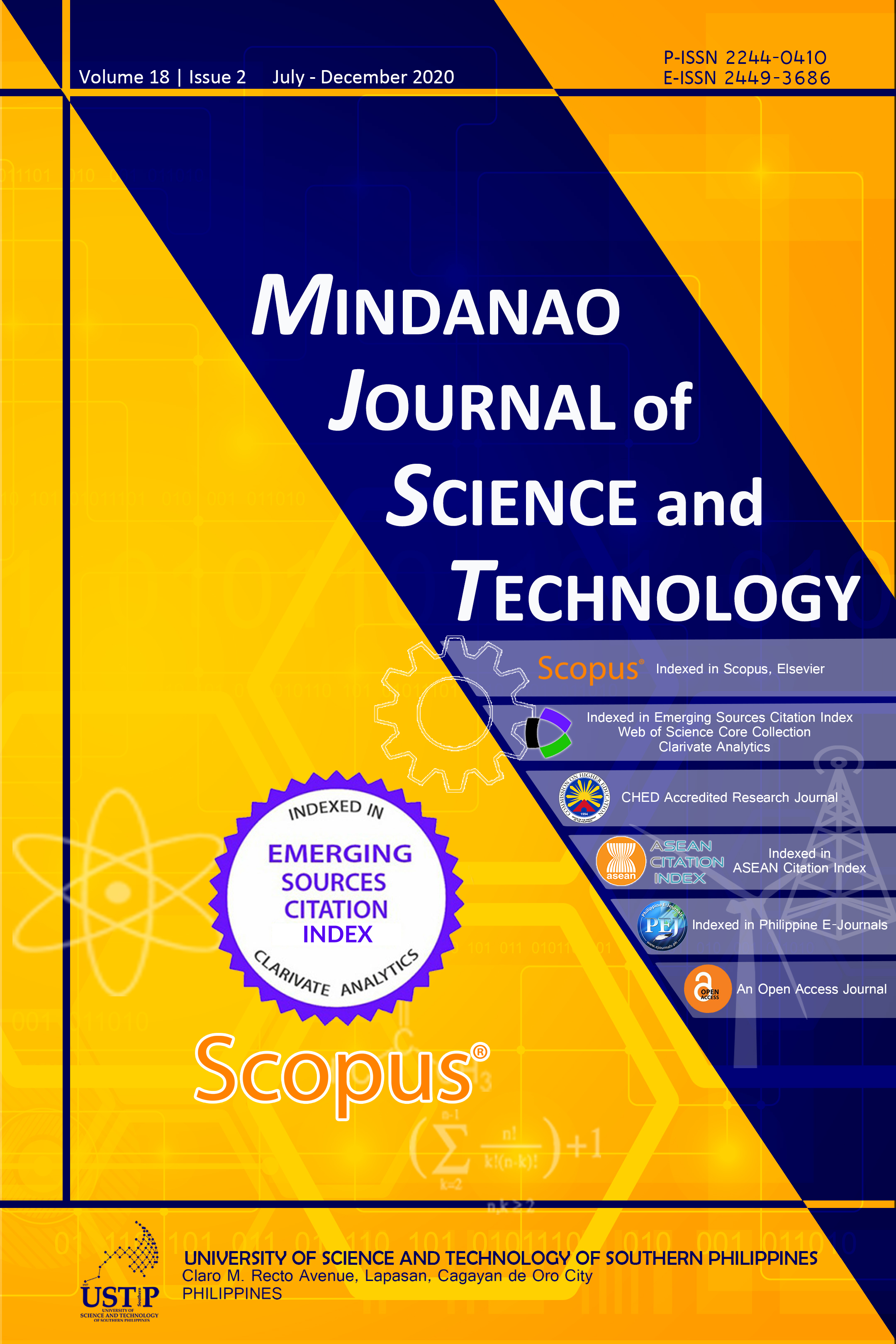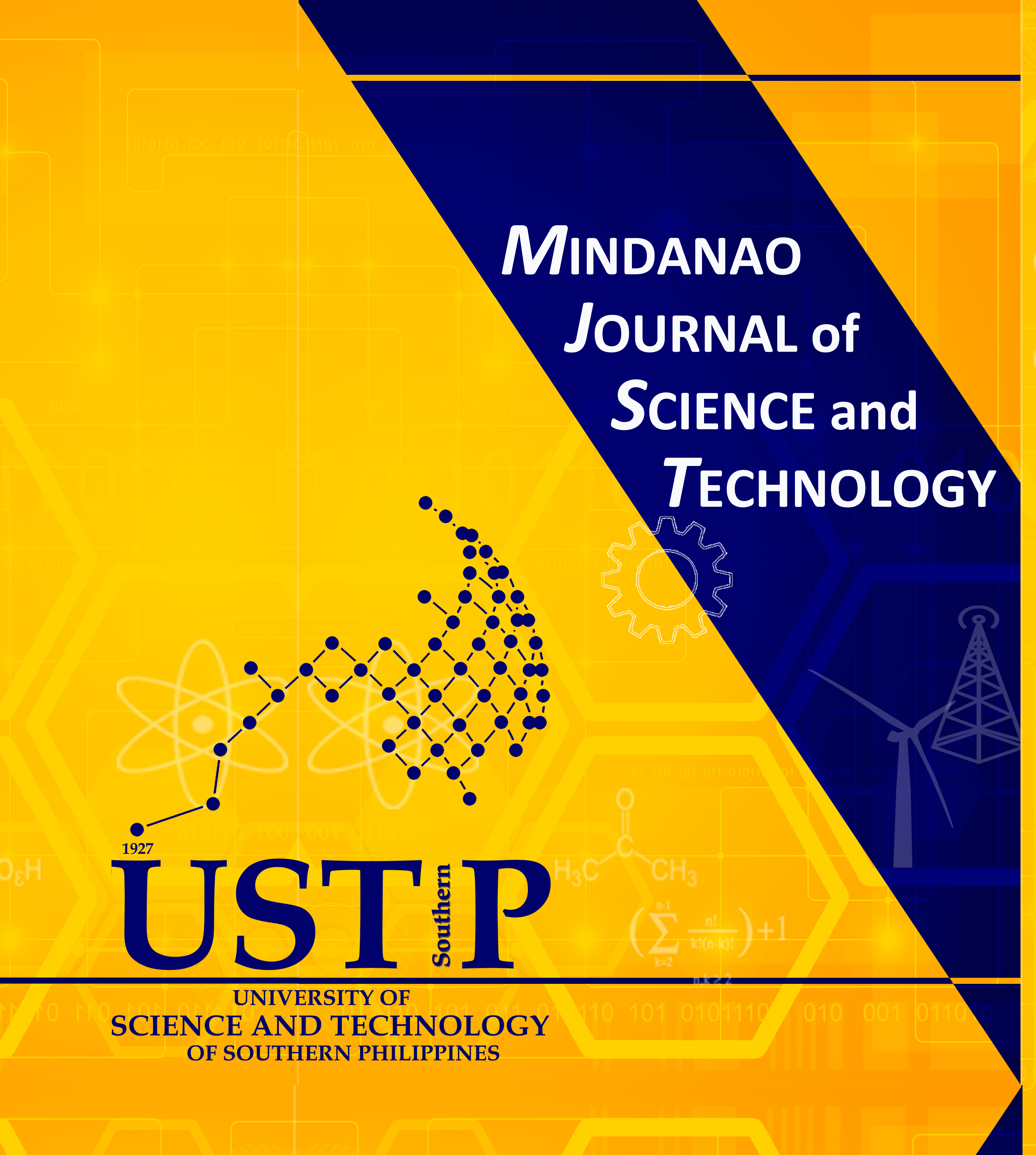Laboratory Pullout Test of Geogrid Reinforcements for Submerged Mechanically Stabilized Earth for Waterfront Applications
Keywords:
mechanically stabilized earth, interaction coefficients, pullout test, geogrid reinforcementAbstract
The design and evaluation of mechanically stabilized earth (MSE) wall structures for riverbank protection, quays, sea walls and other waterfront structures is critically dependent on a design parameter called the interaction coefficient (Ci) for submerged or fully saturated condition. However, the available research works conducted in this field are limited to non-submerged and, at most, partially saturated condition. This limitation does not closely represent actual conditions where waterfront structures are almost often submerged and fully saturated. Hence, the objective of this study was to determine the Ci in a submerged condition, on top of the Ci in a non-submerged condition for different types of geogrid reinforcement for fine-grained soils and coarsegrained soils used for MSE walls. Test results revealed that the Ci decreased as the effective overburden stress increased. The submerged conditions yielded lower Ci compared with non-submerged conditions, and the reduction wassignificant at a lower effective overburden stress for high density polyethylene uniaxial geogrid than the polyvinyl coated polyester yarn. The design parameters derived from these conditions can be used for the evaluation and design of MSE walls for waterfront applications with a higher level of confidence.










